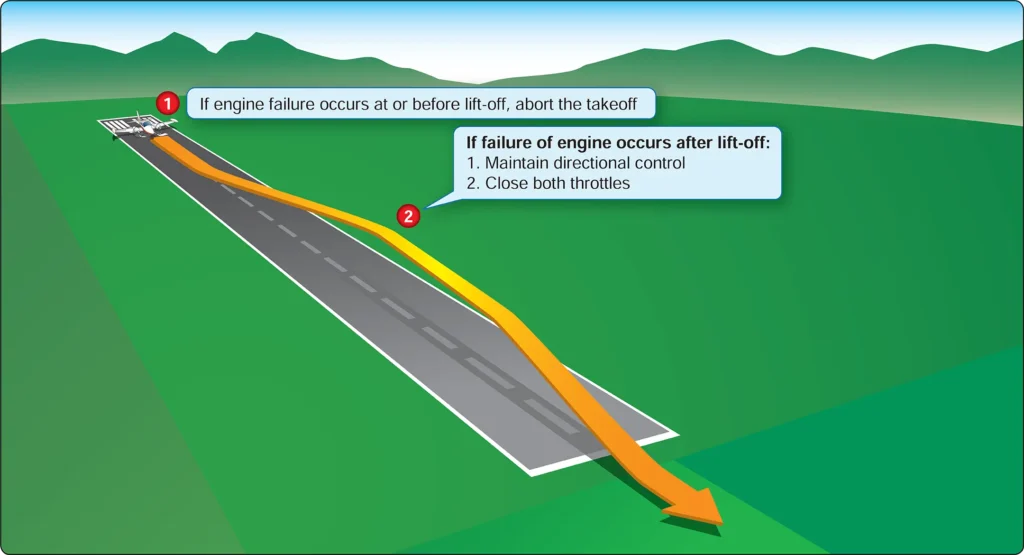Multiengine Airplane Training Considerations
Airplane Flying, Flying TrainingFlight training in a multiengine airplane can be safely accomplished if both the instructor and the learner consider the following factors. The participants should conduct a preflight briefing of the objectives, maneuvers, expected learner actions, and completion standards before the flight begins. A clear understanding exists as to how simulated emergencies will be introduced, and […]








